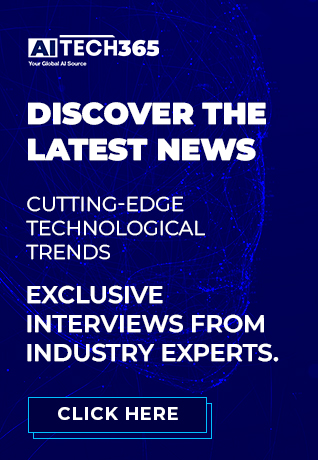Chronosphere, the observability platform for control, has launched AI-Guided Troubleshooting features. This is a big step forward for engineering teams. Now, they can better investigate and fix production incidents. The new feature set will combine AI insights with detailed environmental context. It will be backed by a Temporal Knowledge Graph.
With this contextual backbone, Chronosphere delivers highly accurate root-cause analysis that empowers engineers to resolve issues more quickly and with greater confidence.
Research from MIT and the University of Pennsylvania finds that generative AI has caused a 13.5 % increase in weekly code commits, marking an uptick in code velocity and change volume. Despite this growth, troubleshooting remains mostly manual and intuition-driven. This leads to slower mean time to resolution and increased on-call stress.
Chronosphere’s AI-guided troubleshooting closes that gap by combining intelligent reasoning with the Temporal Knowledge Graph-a continuously updated, queryable map of a company’s services and infrastructure and their interconnections. It factors in system changes and human inputs. Unlike many observability tools, which rely on only standard data imports, Chronosphere integrates bespoke application telemetry, too, providing the rich context necessary for effective root-cause analysis.
Also Read: Confluent Launches Confluent Intelligence to Address the AI Context Gap
Once this context is in place, Chronosphere’s advanced analytics surface the most relevant next steps in an investigation. In every phase, the system explains what it analyzed or ruled out, keeping the engineer in control while AI accelerates each phase of the troubleshooting process. As investigations home in on a root cause, the insights are fed back into the Temporal Knowledge Graph so that future suggestions become smarter.
“For AI to be truly effective in observability, much more is needed than pattern recognition and summarization,” said Martin Mao, CEO and Co-founder of Chronosphere. “Chronosphere has spent years building both the data foundation and the depth of analytics that AI needs to really help engineers. With our Temporal Knowledge Graph leading the way, and advanced analytics capabilities, we’re giving AI the understanding it needs to make observability truly intelligent-and giving engineers the confidence to trust its guidance.”
Chronosphere’s AI-Guided Troubleshooting introduces four core capabilities:
Suggestions: Proactive, plain-language insights guide investigations toward likely causes backed by data, not guesswork.
Temporal Knowledge Graph: A lived-in and continuously updated map of services, dependencies, and custom telemetry that captures comprehensive system context.
Investigation Notebooks: Persistent workspaces which capture each action, evidence, and conclusion from investigations into organizational knowledge that can be reused.
Natural Language: Engineers can build queries and dashboards with natural language, which accelerates data exploration.
Chronosphere has launched its Model Context Protocol (MCP) Server. This comes with AI-Guided Troubleshooting. Engineers and developers can easily integrate Chronosphere into their AI workflows. This better integration helps teams use large language models (LLMs) and access observability data safely. They can do this through familiar tools like Codex, PromptIDE, and other AI-enabled IDEs. AI-Guided Troubleshooting, which includes Suggestions and Investigation Notebooks, is now in limited release. Full availability is expected in 2026. MCP integration is available now for all Chronosphere customers.





